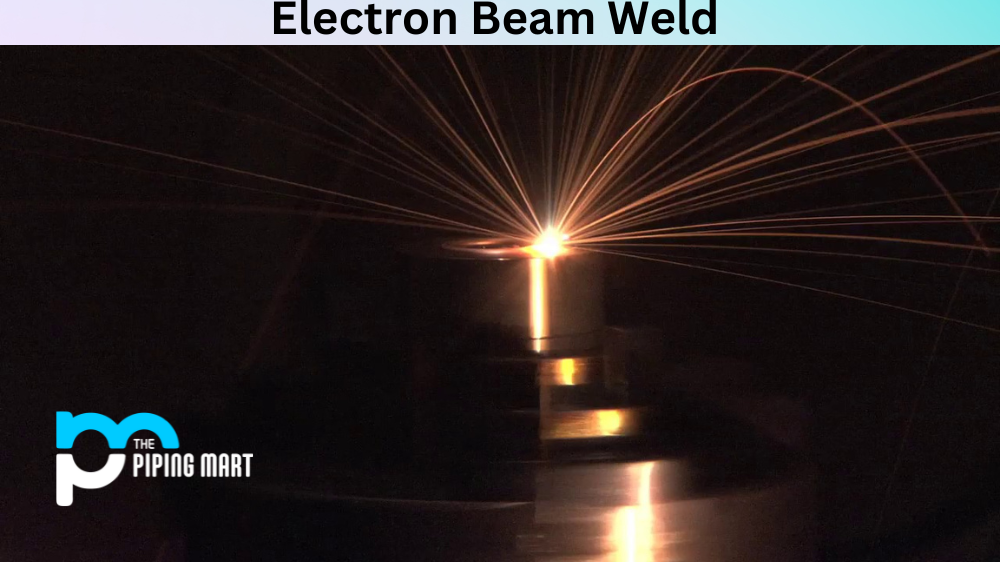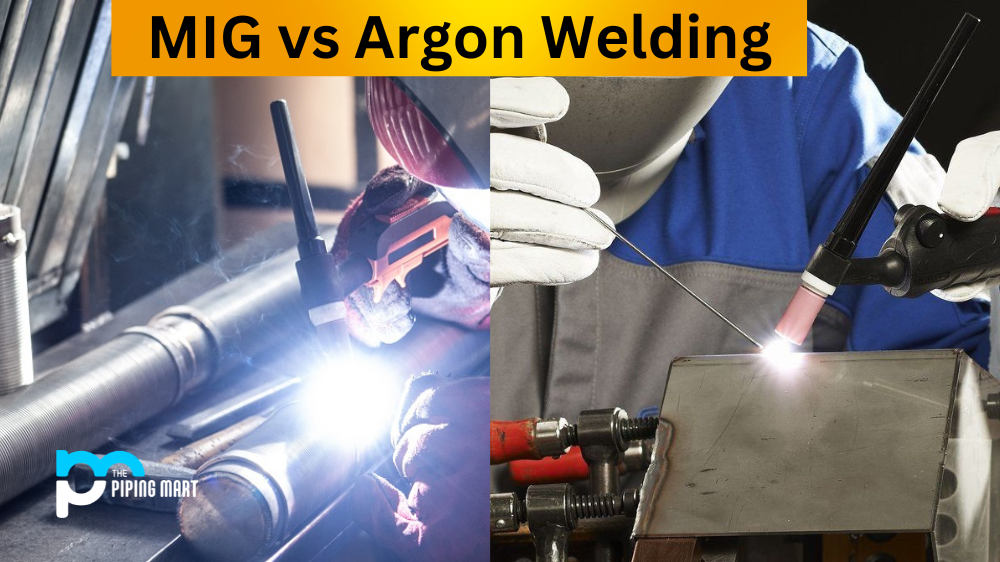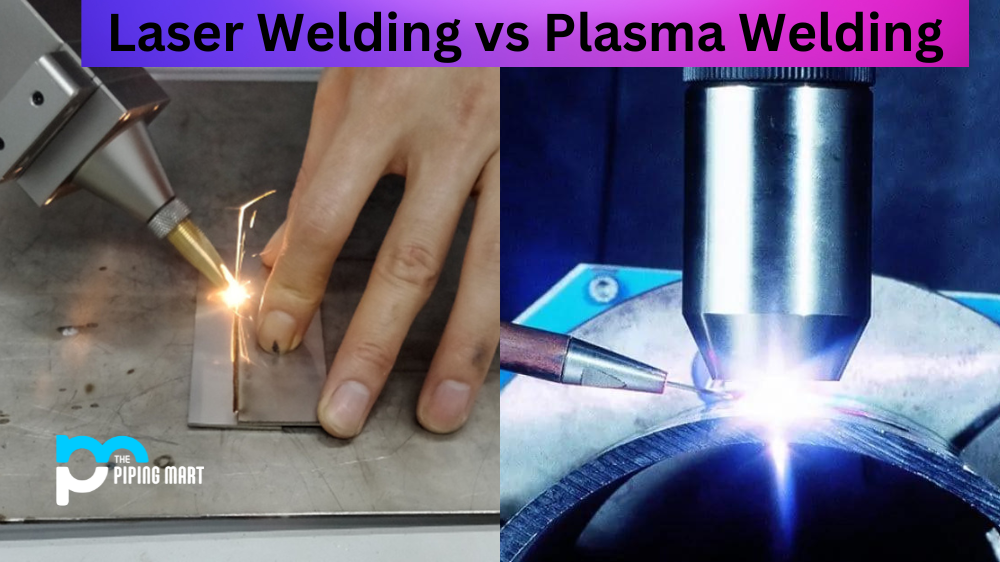Electron beam welding (EBW) is a type of welding that uses an electron beam to join two pieces of metal together. It is a highly accurate and precise form of welding and is used in many industries, from aerospace to medical device manufacturing. This blog post will look at the different types of EBW and some of the advantages they offer.
Types of Electron Beam Welding
Thermal EBW
Thermal EBW is the most common type of EBW. In thermal EBW, an electron beam is focused onto a piece of metal using a vacuum chamber. The electrons interact with the metal atoms and create heat, which melts the metal and welds it together with another piece. EBW is precise and can weld materials like aluminium, titanium, copper, and steel with high accuracy. It’s also relatively fast compared to other forms of welding.
Cold EBW
Cold EBW is similar to thermal EBW but does not use heat to melt the metal. Instead, it uses an intense electron beam to physically break apart molecules and bonds within the material being welded together. This allows for extremely small and intricate welds that would otherwise be impossible with traditional welding techniques. Cold EBW can also be used on materials like aluminium or titanium that cannot withstand high temperatures during welding.
Resistance EBW
Resistance EBW works by passing an electric current through two pieces of metal held in contact with each other. The current causes resistance between the two metals, which creates heat and melts them together into one piece. Resistance EBW requires less energy than thermal or cold EBWs but can only be used on certain types of metals due to its limited temperature range—it cannot reach temperatures as high as thermal or cold EBS can achieve.
Conclusion:
Electron beam welding offers several advantages over traditional welding methods, such as greater accuracy, faster speeds, lower energy costs, smaller weld sizes, more delicate material handling capabilities, improved safety risks due to reduced exposure to dangerous fumes or sparks, and more reliable results overall. Whether you need precision micro-welding or large-scale industrial production runs – electron beam welding has you covered! With its diverse capabilities, there’s no doubt that it’s here for good! By understanding different electron beam welding processes, you will be better prepared when choosing which process best fits your needs!

A passionate metal industry expert and blogger. With over 5 years of experience in the field, Palak brings a wealth of knowledge and insight to her writing. Whether discussing the latest trends in the metal industry or sharing tips, she is dedicated to helping others succeed in the metal industry.




